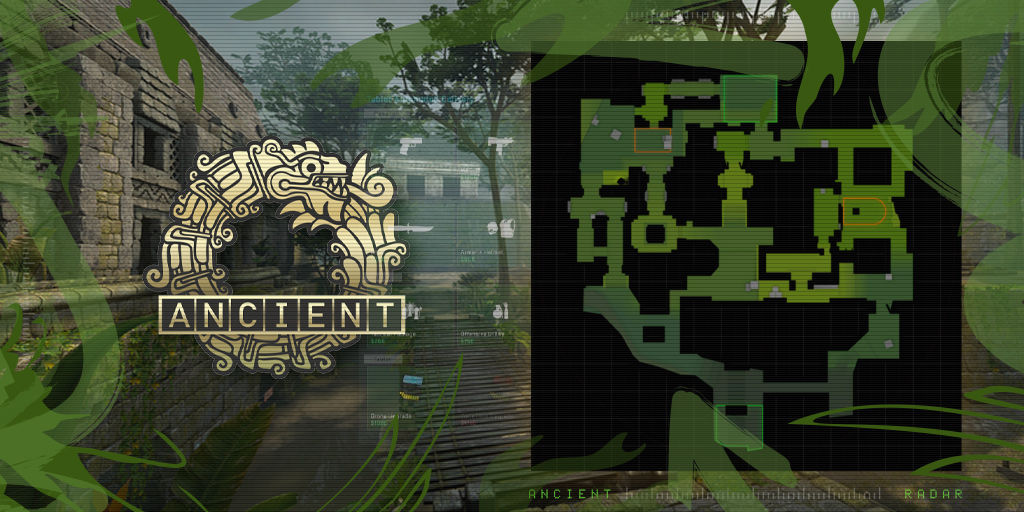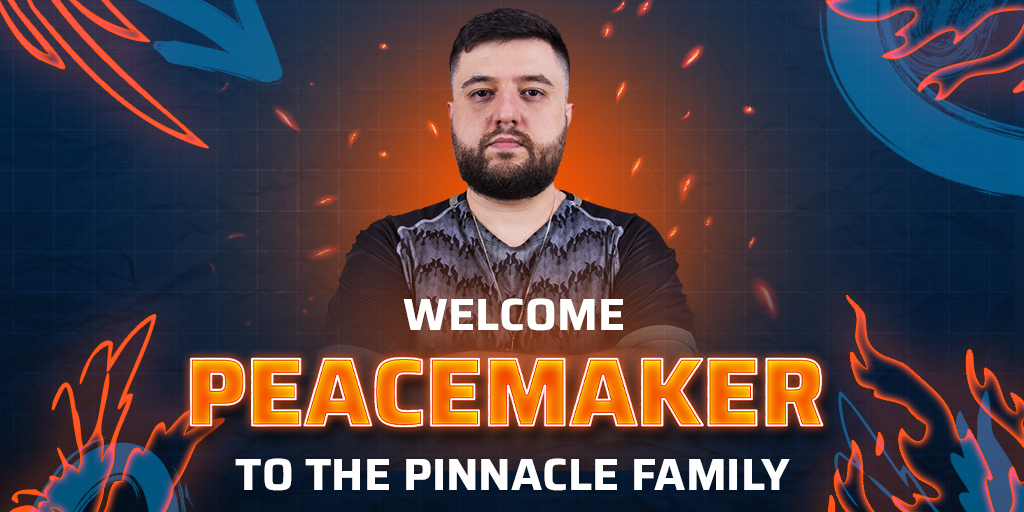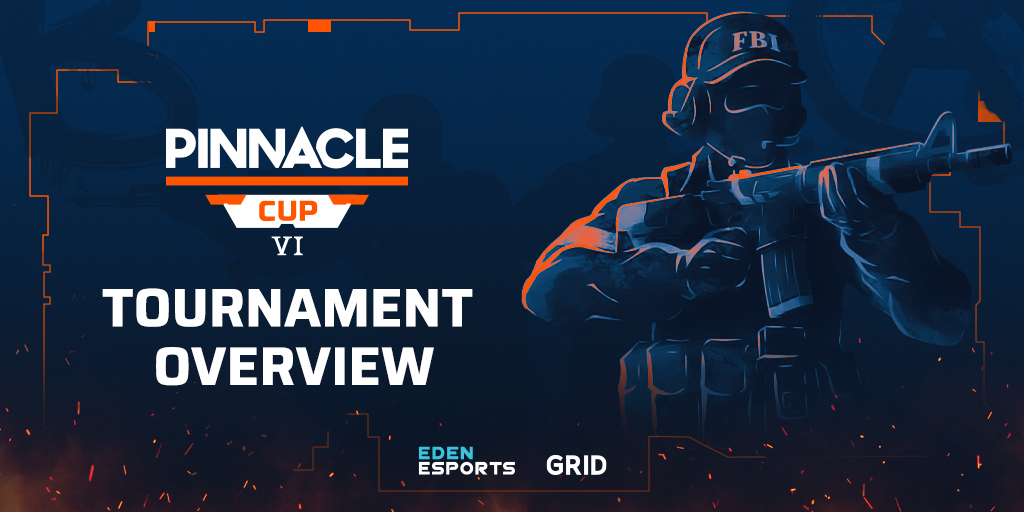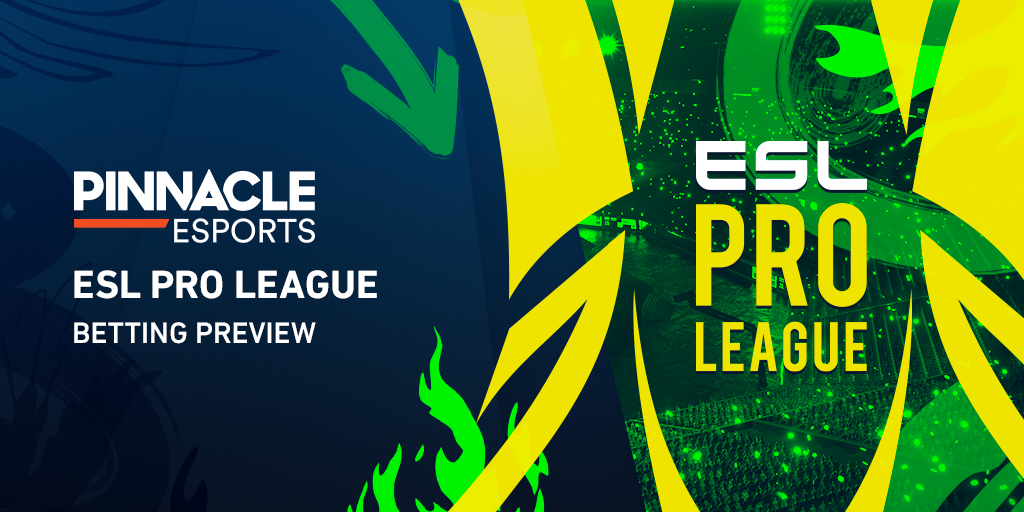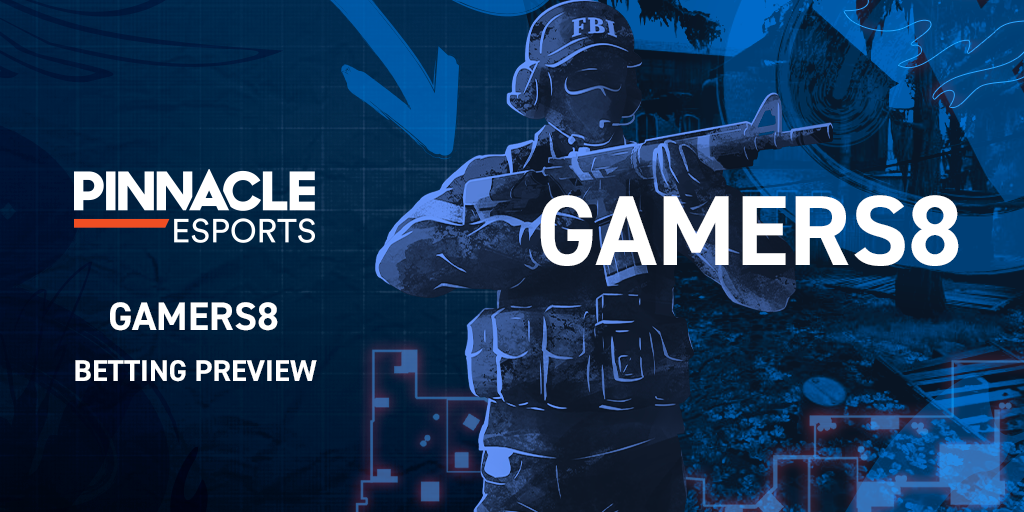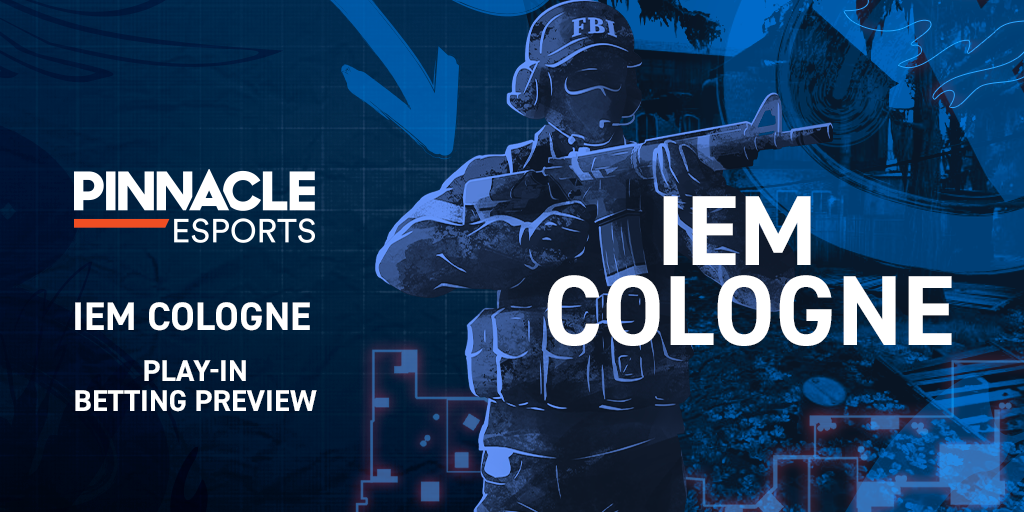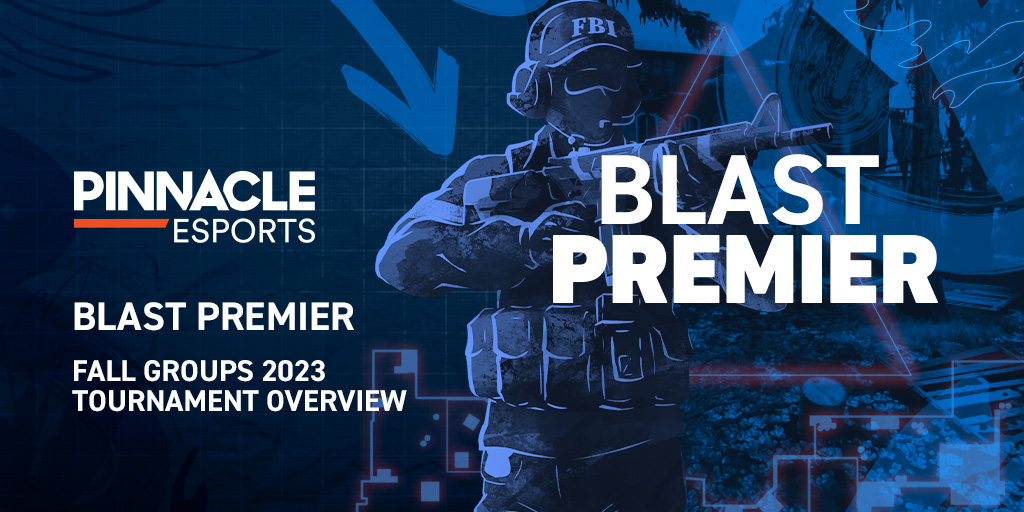A new and unique experience for Counter-Strike players, Ancient is the latest map to be added to the competitive CS:GO map pool, replacing Train. Adam Boothe analyses the map, looking at how the CT-side and T-side interact on the map and the possible impact the introduction of the map will have at the professional level.
At our last CS:GO Major back in 2019, we saw Vertigo introduced to the professional map pool for the first time. Two years on and the community is going to have another relatively new map strategised on the biggest stage: Ancient.
Unlike the majority of the competitive map pool, Ancient is a recent addition to the Counter-Strike franchise. Released publicly for the first time in 2020, it took only a year of play to see it become Valve’s choice to replace one of the original maps, Train.
An argument can be made that Train was not the worst map to remove from the map pool for an update. However, it was far from the best. The general consensus, of the people I consider to hold the ‘right’ opinion on the topic, is that Mirage was the map most in need of an update. On a personal level, I do find Train to be a stale map, tactically speaking. It is not just the narrow choke points in entering both sites, it is the angle of attack as well.
Multi-kills are far too easy for the CT-side, leading to unrecoverable post plants for the T-side. Additionally, even in situations where there are equal numbers of players alive on both sides, the B-bombsite layout does not provide the T-side with sufficient cover to actually defend the bomb, as trading kills are near impossible and it is very easy to utilise smoke grenades and molotovs from relative safety. We are not here to discuss Train; however, one would hope that its successor would alleviate the aforementioned problems.
Credit: Official ESL CS:GO Youtube channel.
When looking at the layout of Ancient, one thing should become immediately apparent - it has the least open space of any map in the rotation. By ‘open space’ I am not referring to whether there is coverage overhead on a certain percentage of the map. Instead, ‘open space’ describes the width of the pathways leading from the respective spawn points to the bomb sites. The above description of Train is meant to provide context here. The narrowness of the choke points on that map in entering the sites is just the entranceway. The spawn points on that map were big enough that the Terrorists did not have to fight for map control to get to A-main, Ivy, or B-halls.
On Ancient, however, the CT-side are able to take incredibly forward positions in multiple areas of the map. This creates a situation that makes the map more biased towards the CT-side; allowing them to pick off T-side players and then retreat as they gain control of basic areas of the map, while also providing accurate and early information for the CT-side players to pool resources at the more critical bombsite.
For those who are familiar with Riot Games’ First-Person Shooter title VALORANT, Ancient will be more reminiscent of a layout and theme from that title rather than one typically found in Counter-Strike. And while the comparison and challenge to CS:GO has been well-documented over the last two years, it is possible that Ancient was able to leap-frog other better contenders for Train’s replacement to cater toward a more VALORANT-oriented audience.
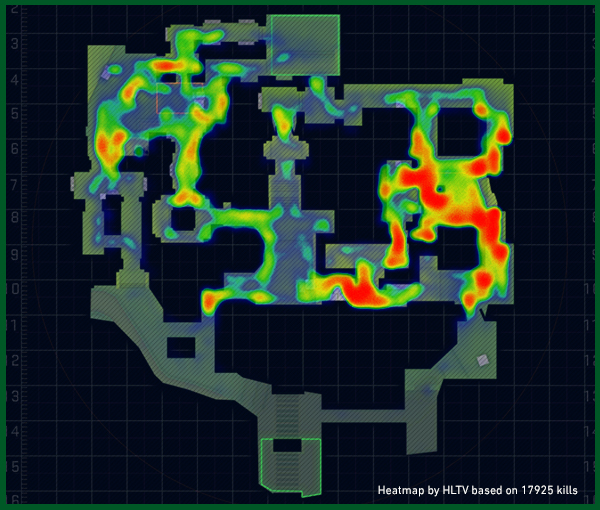
We will never know the true reason for its selection; however, what cannot be debated is how the heatmap (which tracks the movement of players) for Ancient looks quite different to every other map. According to the heatmap, since its arrival at the professional level, there are approximately 10 locations on the map which have a high concentration of Terrorist deaths − a marked increase when compared to others in the competitive map pool and definitely more when contrasted against Train.
The other, more obvious point which is relevant on every map regardless of layout, is that they are all already biased to the CT-side. It is through creative strategy, grenade usage, and raw aim that the T-side is able to take out defensive crossfires and clear unknown locations. In VALORANT, unlike CS:GO, the increased chokepoints and plethora of narrow passages are compensated for by additional methods of information-gathering not built into Counter-Strike.
Therefore Ancient, prior to the PGL Major Stockholm, represents a lack of established attacking strategies due to its new inclusion without prior play at any point in Counter-Strike’s history. Combine this lack of attack strategy evolution with a defence that has superior information gathering, increased pick-off and retreat viability, and one site being rather weak for the Terrorist post-bomb plant, and Ancient is a map that is a unique experience for both professional players to play and viewers to watch.
However, over the last few months since the summer player break, the advance positions have resulted in a lower percentage of deaths over those 10 locations. This is a sign that not only are T-sides coming into this map more prepared, but that they might actually be gaining advantages from picking off the defenders early on. Coming into PGL Major Stockholm, Ancient has been the most CT-side leaning map for the aforementioned reasons; however, I am expecting somewhat optimistically, that the teams who come ready to play it will bring innovative and novel strategies to the T-side in an attempt to level out the CT-side bias.
Teams like tournament favourites NAVI, with dominant results on their CT-side here, will be studied carefully by opponents to a high degree ahead of this event. A few tactically strong teams on this map could strike fear into all of their opposition, even the more talented rosters, as there is not ample time to improve on one's map pool once the Major gets underway. A final word of caution: As we saw on Vertigo at the Berlin Major in 2019, teams sometimes have a tendency to overestimate their own strength on a brand new map.

